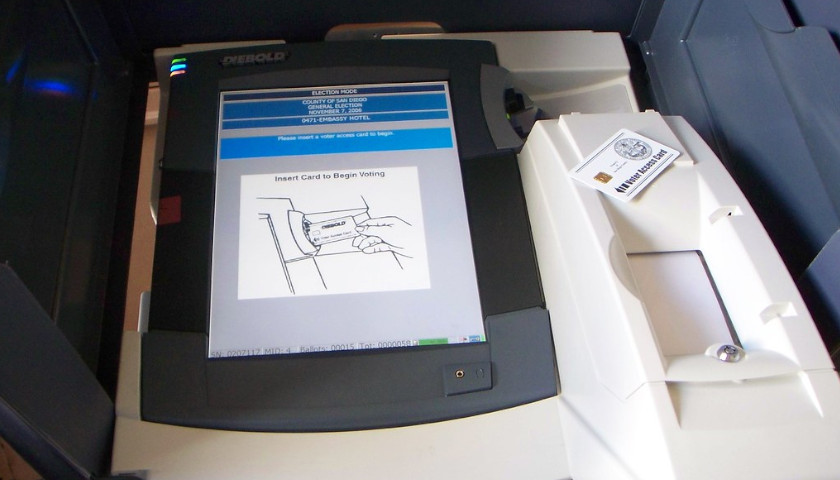Pennsylvania’s Legislative Redistricting Commission (LRC) on Friday finalized a new district map for state representatives that aids Democrats’ electability.
All three Democrats on the five-member LRC voted for the map, which is a modified version of a preliminary plan the same Democrats approved last month. Both Republicans voted against the plan.
Over several weeks, the map drew significant criticism not only from GOP state legislators but from some nonpartisan and even left-leaning organizations for containing fewer competitive districts than the present state-legislative map. The liberal Bucks County Courier Times called the initial LRC plan “a grave disservice” to southeastern Pennsylvania, citing the fact that only two out of Bucks’s 10 legislative districts could conceivably be won by either a Democrat or a Republican. By contrast, the map that has been in effect over the last decade contained seven competitive districts.
While campaigning against the plan in recent weeks, Republican lawmakers observed that the nonpartisan Princeton Gerrymandering Project gave the map an “F” grade in the competitiveness category. Opponents also cited an analysis of the map by Brigham Young University political scientist Michael Barber, who wrote that the scheme “represents a significant deviation from a fair outcome.” Young calculated that, compared to simulated redistricting plans he generated, the LRC’s initial map contained 10 more Democrat-leaning districts than demographic data would justify.
Every decade, the commission must redesign Pennsylvania’s 203 state House districts and 50 state Senate districts to coincide with new population data reported by the U.S. Census. The panel is composed of the Republican and Democratic leaders in the two state-legislative chambers as well as a chair appointed by the state Supreme Court. Democrats hold a five-to-two majority on Pennsylvania’s high court, which appointed Democrat Mark A. Nordenberg to preside over the LRC last year.
While support for the new Senate reapportionment plan had the support of all LRC members, Republicans lamented the final House map.
“This map does not create more competitive districts,” House Majority Leader Kerry Benninghoff (R-Bellefonte) said. “In fact it packs Republicans and Democrats into uncompetitive districts. This might change competitiveness on the floor of the House of Representatives, but it does not create fair districts. This map’s competitiveness is so bad that it will only lead to increased polarization, less bipartisanship and more gridlock,” Benninghoff said.”
Before the plan’s passage, Benninghoff offered an amendment that would have produced a map with fewer split municipalities, more competitive districts and more majority-minority districts. His Democratic colleagues rejected his proposal.
The LRC’s final plan does contain some adjustments made after the commission gathered public input on its preliminary map. The initial reapportionment would have given state Rep. Todd Stephens (R-Horsham) a much more uphill reelection battle by splitting Horsham Township. In its final plan, the commission kept the township whole but still split Montgomery Township, which borders Horsham to the west.
In a statement, Stephens applauded the LRC for ditching plans to divide Horsham between House districts, calling that idea unconstitutional. (The state constitution stipulates that splits in municipalities should be kept to a minimum.) He nonetheless rebuked the final overall design.
“Unfortunately, Montgomery Township is unnecessarily divided in this map and we were never given an opportunity to make a similar case,” Stephens said. “The residents of Montgomery Township deserved an opportunity to be heard.”
Despite the sentiment voiced in opposition to his work, Nordenberg told attendees of Friday’s meeting that he stood by the newly apportioned House districts.
“By virtually any measure,” he averred, “these are very good maps that are fair, that are responsive to the requirements of the law and that will serve the people of Pennsylvania well for the next 10 years.”
– – –
Bradley Vasoli is managing editor of The Pennsylvania Daily Star. Follow Brad on Twitter at @BVasoli. Email tips to [email protected].
Photo “Pennsylvania State Capitol” by Governor Tom Wolf CC BY 2.0.








